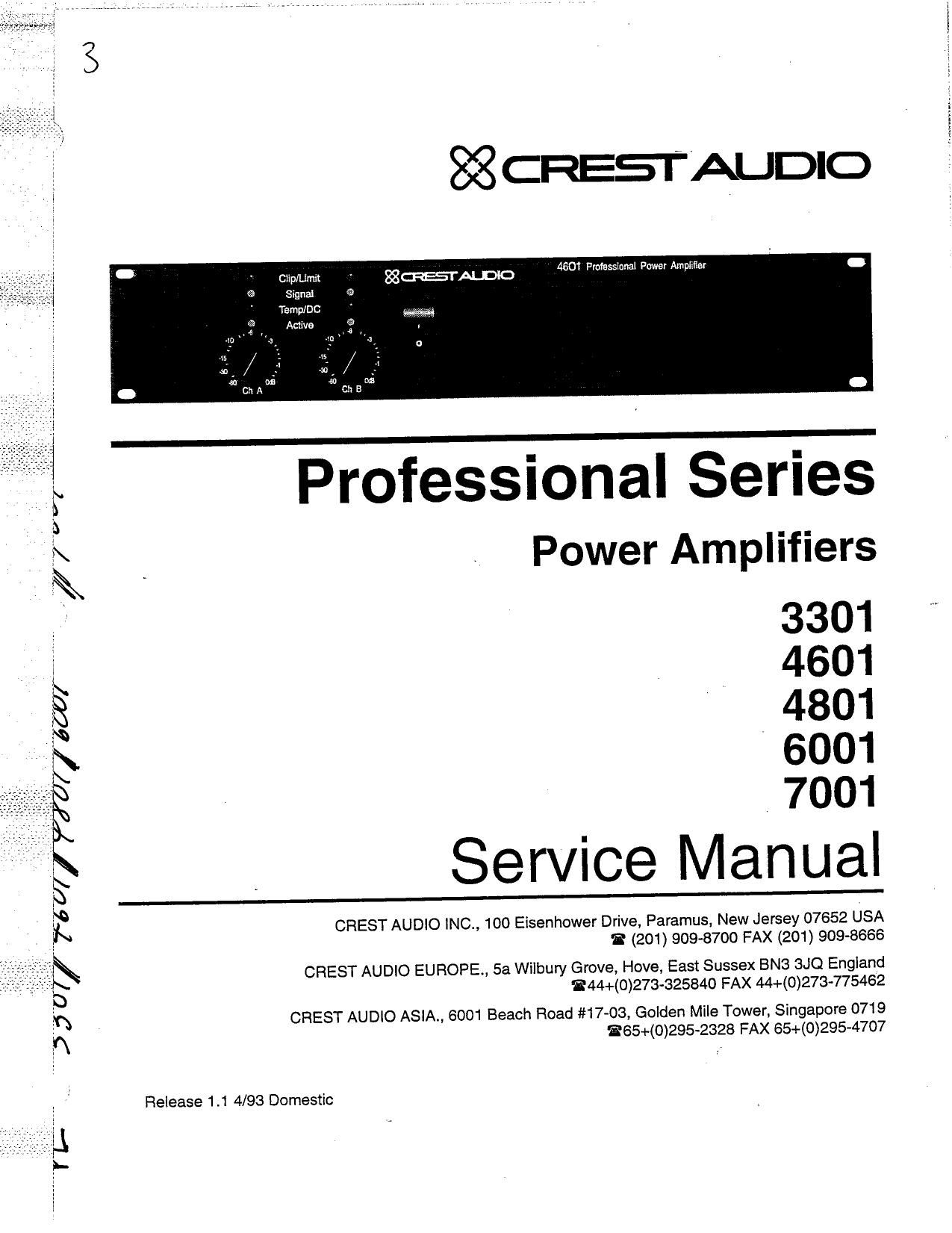Crest Audio 4801 Service Manual
This is the 75 pages manual for Crest Audio 4801 Service Manual.
Read or download the pdf for free. If you want to contribute, please upload pdfs to audioservicemanuals.wetransfer.com.
Page: 1 / 75
